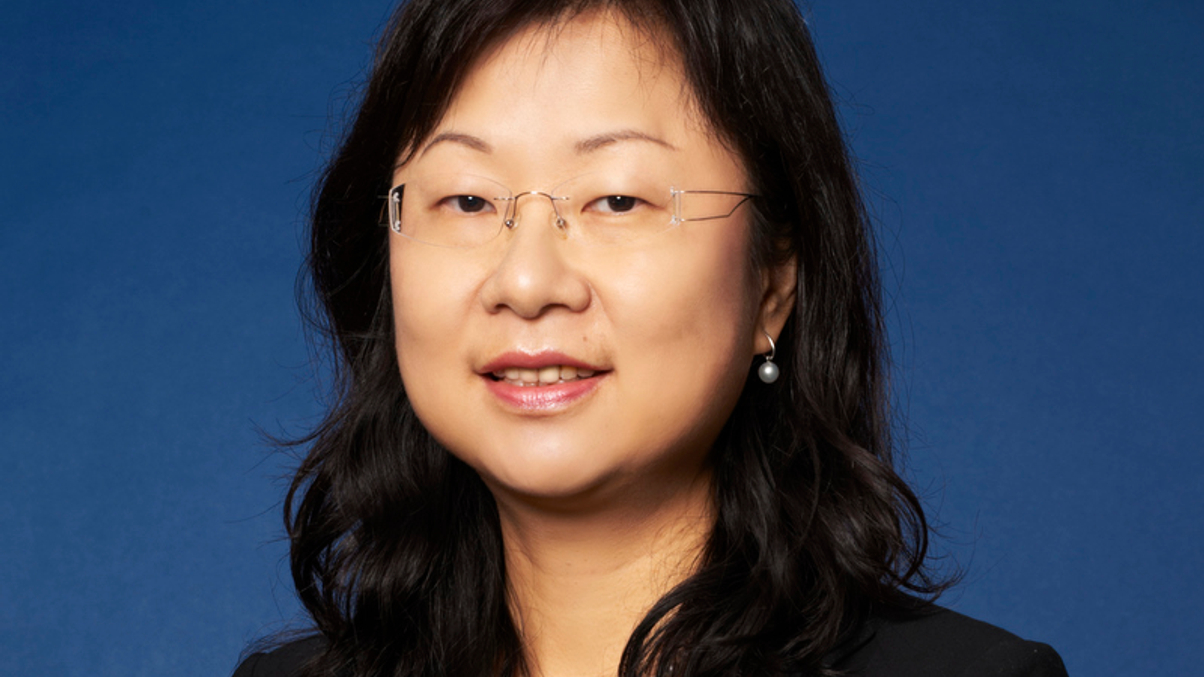Who wins from China's QFII quota increases?
Managers of exchange-traded funds are among the winners from last week's expansion of China's qualified foreign investor quotas.

International asset managers are preparing to apply for the expanded quotas for China's qualified foreign institutional investor (QFII) scheme and its renminbi-denominated equivalent (RQFII), but the opening will benefit only some.
Sign in to read on!
Registered users get 2 free articles in 30 days.
Subscribers have full unlimited access to AsianInvestor
Not signed up? New users get 2 free articles per month, plus a 7-day unlimited free trial.
¬ Haymarket Media Limited. All rights reserved.


